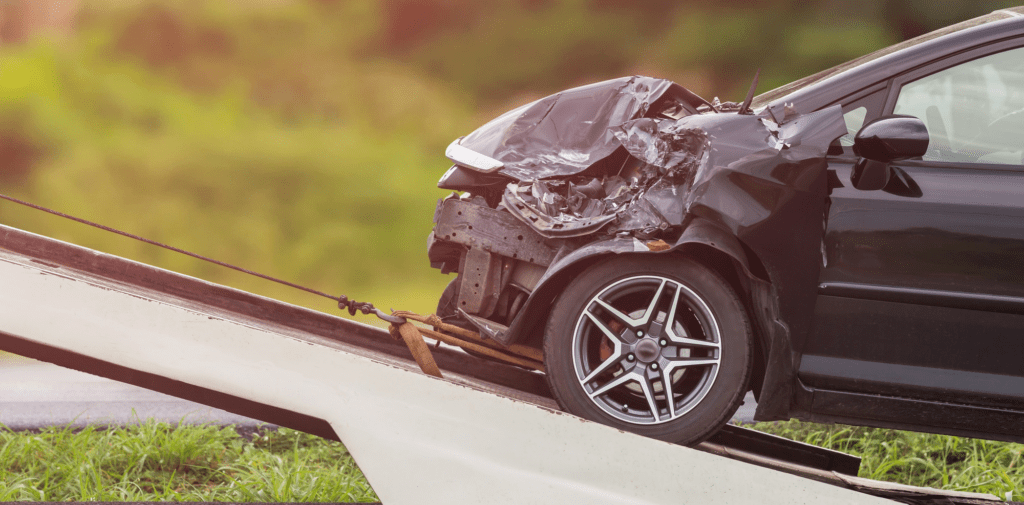
Witnessing a car accident can be an unsettling experience unless you’re part of one yourself. Figuring out the appropriate way to act in such situations often adds to the anxiety.
However, maintaining composure not only assists with the resolution of legal matters and the provision of help to victims but is crucial for saving lives.
It’s important to understand your responsibilities and the best ways to offer assistance if you happen to witness a car accident.
This article provides guidance on your duties as a witness, offering support to those affected, and ensuring your safety during the process.
Do you need to stop when you witness an accident?
It is widely acknowledged that individuals must stop at the scene if they are part of an accident; failing to comply can result in a fine of up to £5,000 or incarceration of up to six months.
However, for those who merely witness an accident, the stipulations differ significantly.
According to the Highway Code, drivers passing by an accident scene are advised against unnecessary distractions or slowing down without cause.
Not only are you not obligated to stop if you’re a witness, but there are also circumstances where stopping is advised against actively.
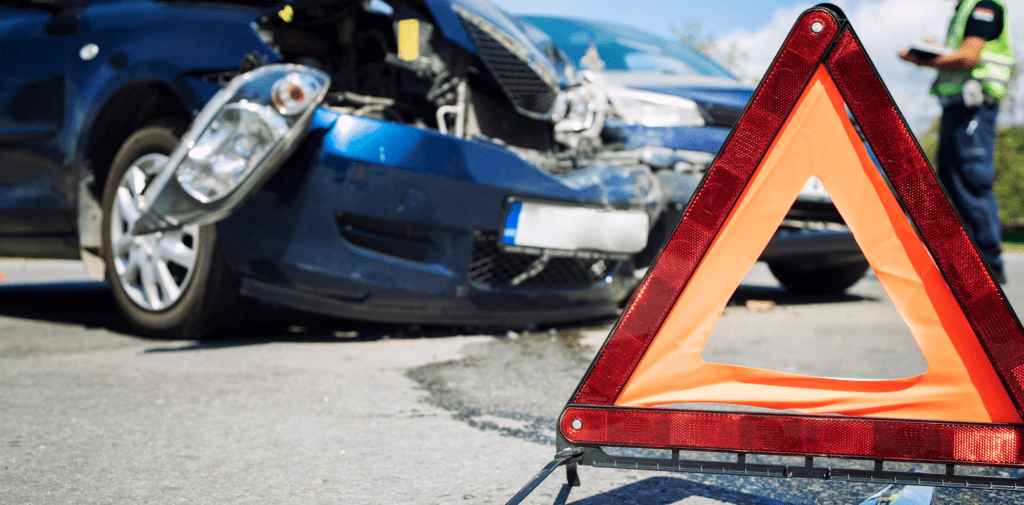
For instance, if an accident occurs on the opposite side of a dual carriageway, attempting to stop and assist could inadvertently block the road or, in extreme cases, instigate another accident.
Nevertheless, this doesn’t imply that observers should never stop at accident scenes. Suppose you happen to see a severe accident where all parties involved sustain significant injuries.
In such situations, your intervention, if done cautiously and correctly, could indeed be life-saving. When deciding to stop, it’s crucial to assess the scenario’s specifics, considering factors like the accident’s severity, your safety, and the potential assistance you could provide.
If you choose to stop, ensure you do so safely without endangering yourself or others. Pull over at a safe distance, turn on your hazard lights, and approach the scene cautiously.
If it’s a serious accident, it’s vital to call emergency services immediately, providing them with accurate information about the incident and the location.
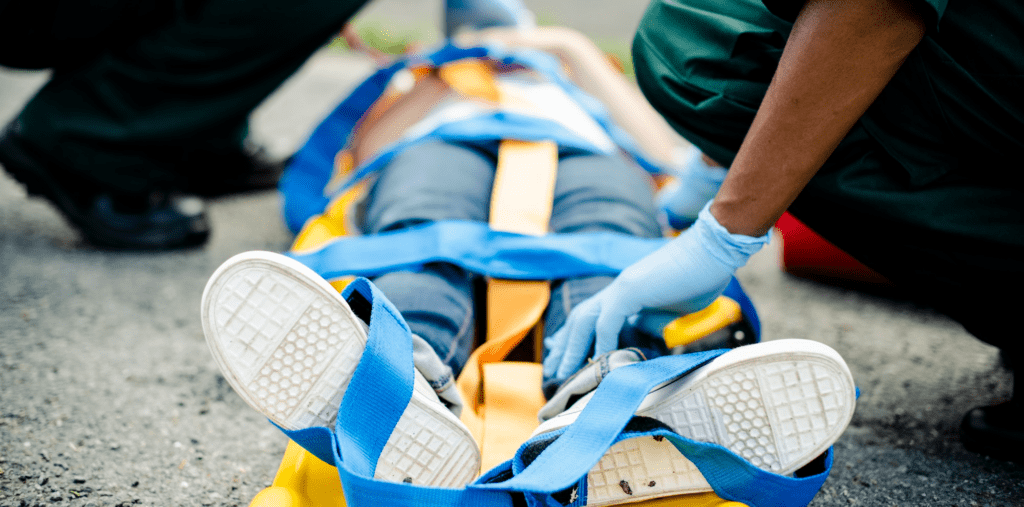
While waiting for professional help, you may offer comfort and support to the victims without moving them (unless there’s immediate danger, like a fire), as improper movement could exacerbate their injuries.
Always cooperate with the emergency responders and law enforcement officers once they arrive on the scene, providing any necessary information and statements to aid in their intervention and subsequent investigation.
If I stop at the scene of an accident, what are the first steps to take?
Keep yourself safe
Before you consider assisting at an accident scene, your safety is paramount. Make a well-judged decision to stop, ensuring it is absolutely safe and won’t exacerbate the situation or endanger your life.
Warn others
Turn on your car’s hazard lights as you approach the accident scene to notify other drivers. If appropriate and safe, use a warning triangle approximately 45 metres (147 feet) away from the accident site (excluding motorways due to high-speed risks) to further alert oncoming traffic.
Stop safely
Adhere to proper stopping procedures:
- Select a safe, legal, and accessible location
- Continuously check mirrors, and use signals while pulling over to keep other road users informed of your intentions.
Prevent further danger
Post-accident, the scene might be susceptible to further perils like fires or potential explosions. If possible, and without risking your safety, turn off the ignitions of the vehicles involved that are still running.
Absolutely avoid smoking—and insist others do the same—near the accident site, as there may be spilt fuel or other flammable materials present. Approach cautiously, being mindful of potential hazards like broken glass or leaked fluids.
Getting help
Firstly, assess if there are injuries and if immediate medical assistance is necessary. Subsequently, contact emergency services. On motorways, using SOS phones situated at the roadside provides operators with your precise location, facilitating quicker response.
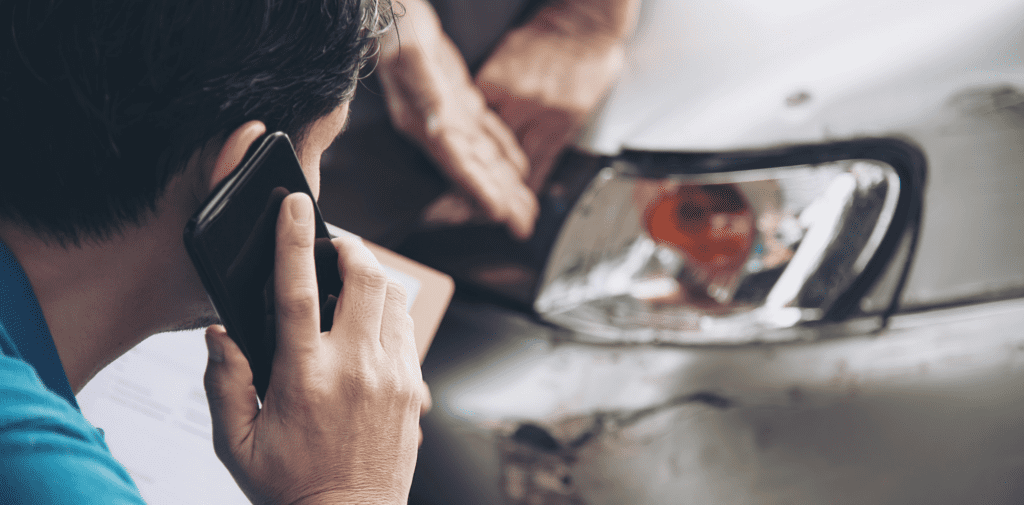
If an SOS phone is unavailable or if the accident occurred on a different type of road, dial 999 on your mobile device. When on motorways, refer to marker posts to help identify your location, mentioning also your travel direction (like ‘eastbound’) and any noticeable landmarks or recently passed junctions.
Provide the emergency operator with a detailed account of the accident:
- Describe its nature
- Specify the number of individuals involved, and report any known injuries.
- This detailed information is crucial for emergency services to tailor their response efficiently and effectively to the needs of the accident scene.
What assistance should I offer when witnessing an accident?
Upon notifying emergency services, your immediate assistance might be required to aid those involved in the accident.

After making the call, consider the following steps:
Safety Relocation
The Highway Code suggests moving uninjured individuals to a secure location away from the traffic, hard shoulder, and central reservation if the accident occurs on a motorway. Always ensure you’re not putting yourself or others at further risk during this process.
Handling Injured Victims
Except when there’s imminent danger like a fire or an explosion—or if instructed by emergency personnel—refrain from moving injured parties.
Moving someone improperly can cause further harm. Also, unless absolutely necessary, do not remove a motorcyclist’s helmet as it could exacerbate their injuries.
Focus on keeping victims warm, dry, and comfortable. You might use blankets or other available materials for this purpose.
Offer reassurance and emotional support, ensuring they aren’t alone or in the way of traffic. Refrain from giving them food or drink and stay with them until professional help arrives.
Dealing with Shock
Shock, resulting from reduced blood flow, is a common and potentially dangerous reaction at accident scenes.
Familiarise yourself with shock symptoms and treatment methods by referring to resources provided by organisations like St John Ambulance.
Providing Emergency Care
While awaiting emergency services, witnesses with first aid knowledge can provide invaluable assistance. Training from organisations like St John Ambulance or the British Red Cross can be beneficial. Even without training, everyone can and should offer help, making a first aid kit in your vehicle a necessity.
Remember the DRABC acronym as advised by the Highway Code:
- D: Danger – Ensure the scene is safe.
- R: Response – Check if the victim can respond.
- A: Airway – Ensure the victim’s airway is clear.
- B: Breathing – Check the victim’s breathing.
- C: Circulation – Look for signs of circulation like pulse or movement.
Additionally, attend to any burns victims may have sustained. Cool the burns with clean, cool water for at least 20 minutes and cover with cling film to prevent infection if possible.
For comprehensive advice and assistance guidelines, refer to Annex 7 of the Highway Code, which provides vital information on administering first aid following a vehicular accident.
This section is a crucial resource for anyone looking to offer help in these emergency situations.
What information should I provide as a witness?
As a witness to an accident, you may not be directly involved, but your account of the event can be invaluable for the parties involved, law enforcement, and insurance companies.
Duty to Report
While individuals involved in the accident are obligated to report it to the police, as a witness, you might also be approached to share your observations and insights into the incident.
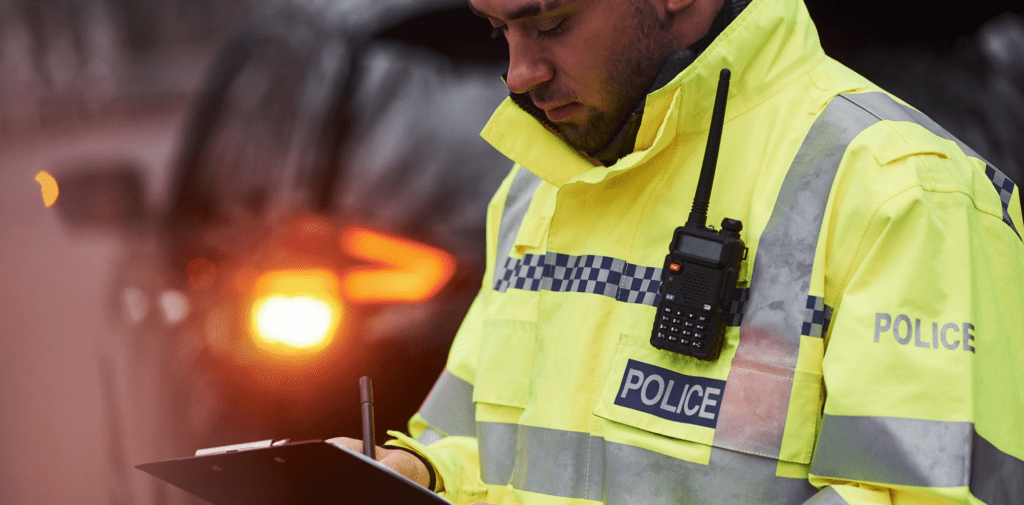
Your impartial recounting of the events can provide crucial support to the involved parties’ claims and help in ascertaining the factual sequence of events.
Providing Details
Parties involved in the accident might request your contact details to fortify their insurance claims with your testimony.
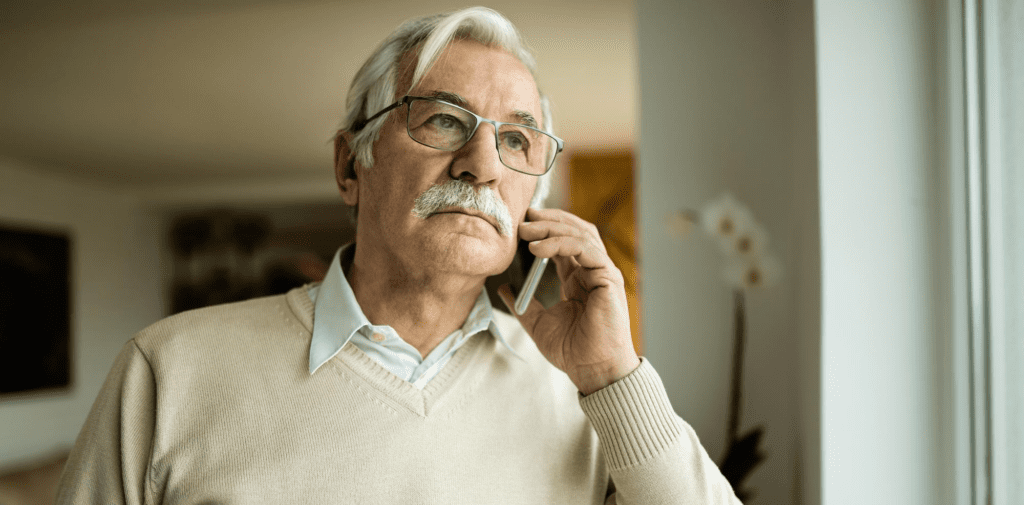
This information allows insurers to have a more robust understanding of the incident, potentially aiding in the fair and expedited processing of claims.
You might also be approached by the Police seeking a witness statement, which is instrumental in legal proceedings related to the accident.
Documenting the Incident
Considering the stressful nature of accidents, it’s natural for memories to be imprecise or unreliable.
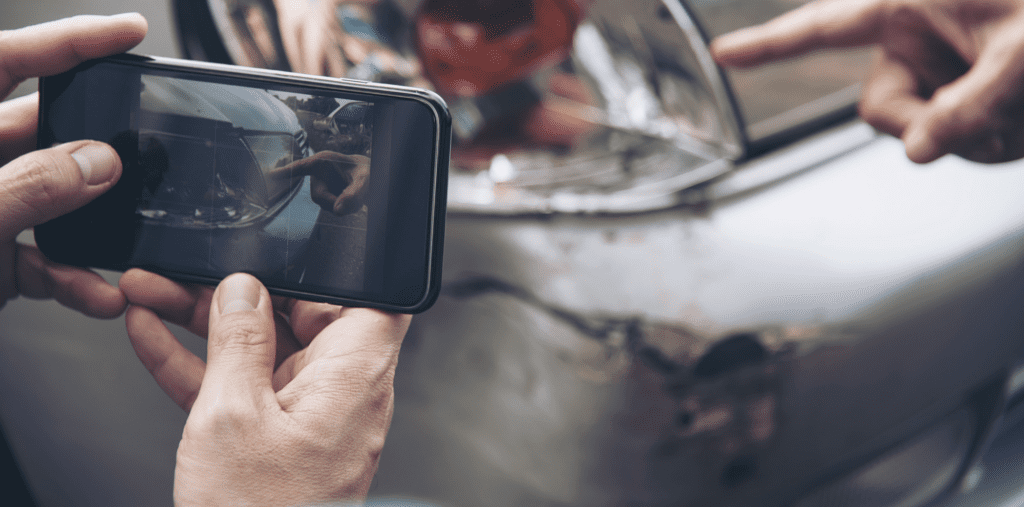
To aid in accurate recall, consider:
- Taking photographs of the scene from various angles, capturing the positions of the vehicles, visible damages, the overall scene, and any traffic signs or signals nearby.
- Jot down important details like vehicle registration numbers, descriptions of the vehicles (make, model, colour), and details of the involved individuals and other witnesses.
If you can:
- Record the time and location of the accident
- The driving conditions, and any peculiarities you observed before, during, or after the incident.
Writing down or recording your observations as soon as possible can help preserve details that may fade from memory over time.
Protecting Your Input
While your involvement is crucial in shedding light on the incident, it is also important to be aware of your rights and responsibilities as a witness.
Understand that providing false information knowingly is illegal and can have serious consequences. Share the facts as you remember, without embellishment or speculation.
If unsure about certain details, it is responsible and acceptable to express uncertainty rather than guess.
Your contribution, while seemingly tedious or intrusive, may be pivotal in unveiling the truth of the accident scenario. It not only aids those involved but also supports the larger framework of traffic safety and legal integrity.
Always approach this responsibility with seriousness and diligence, recognising that your input can significantly impact the lives of the involved parties and the understanding of the incident at hand.
Frequently asked questions
The first thing you should do if you witness an accident is to ensure your own safety.
- Pull over to a safe location away from the accident scene
- Turn on your hazard lights, and make sure you are not obstructing traffic.
Yes, if the accident appears serious, call emergency services immediately by dialling 999.
Provide them with the location, details of the accident, and any information about potential injuries.
When speaking to emergency services, provide:
- The exact location of the accident
- The number of vehicles involved
- The apparent condition of the drivers and passengers
- Any other relevant details such as fire or potential hazards.
Only approach the accident scene if it is safe to do so. Ensure there are no immediate dangers such as fire, leaking fuel, or oncoming traffic. Your safety should always come first.
If you are trained in first aid and it is safe, you can offer assistance to the injured.
However, avoid moving anyone unless there is an immediate danger, such as a fire, as moving them could cause further injuries.
If you are not trained in first aid, you can still help by reassuring the injured and keeping them calm.
Do not move them and wait for professional help to arrive. Ensure the emergency services have been called.
Taking photos or videos can be useful for insurance purposes and for the police investigation, but ensure it is safe to do so and that you are not obstructing emergency services.
Always prioritise safety over documentation.
In the UK, the Good Samaritan law protects individuals who offer assistance at the scene of an accident from liability, provided their actions are reasonable and intended to help.
Yes, if you are a witness, it is helpful to provide your contact details to the involved parties and the police.
Your account of the accident may be important for insurance claims and investigations.
Yes, if you have witnessed the accident, it is important to stay at the scene until the police arrive.
Your statement can provide valuable information about what happened.
If someone is trapped in their vehicle, do not try to move them unless there is an immediate danger such as fire or explosion.
Instead, keep them calm and reassure them while waiting for emergency services.
If it is safe, you can help direct traffic to prevent further accidents and ensure the safety of those involved.
Use hand signals and your hazard lights to guide vehicles away from the scene until emergency services arrive.
If a driver attempts to leave the scene, try to note:
- Their vehicle’s make, model, colour, and registration number
but do not attempt to stop them yourself. Provide this information to the police as soon as possible.
If there is a fire, keep a safe distance and warn others to stay away. Call the fire brigade immediately and inform them of the situation.
Do not attempt to put out the fire yourself unless you have the appropriate training and equipment.
As a witness, your legal obligation is to provide assistance to the extent that it is safe and reasonable.
This includes calling emergency services and giving a statement to the police.
You are not required to intervene in dangerous situations, but your help can be crucial in ensuring the safety and well-being of those involved.


